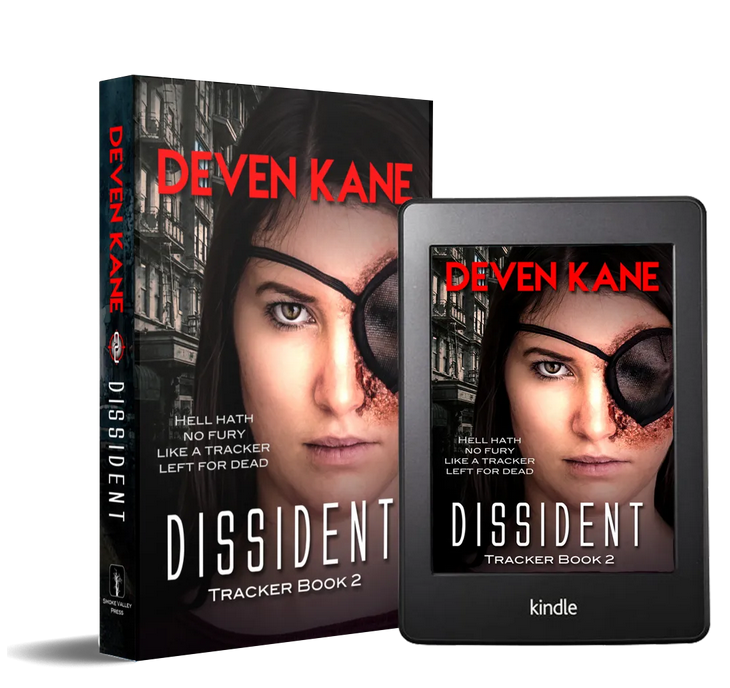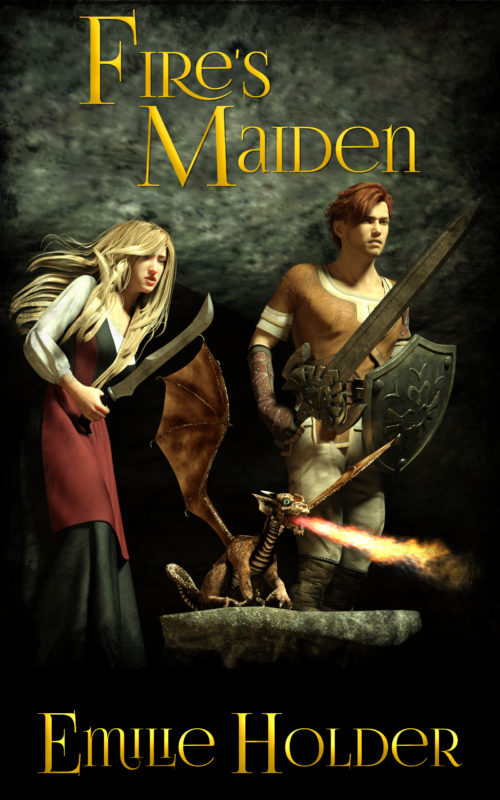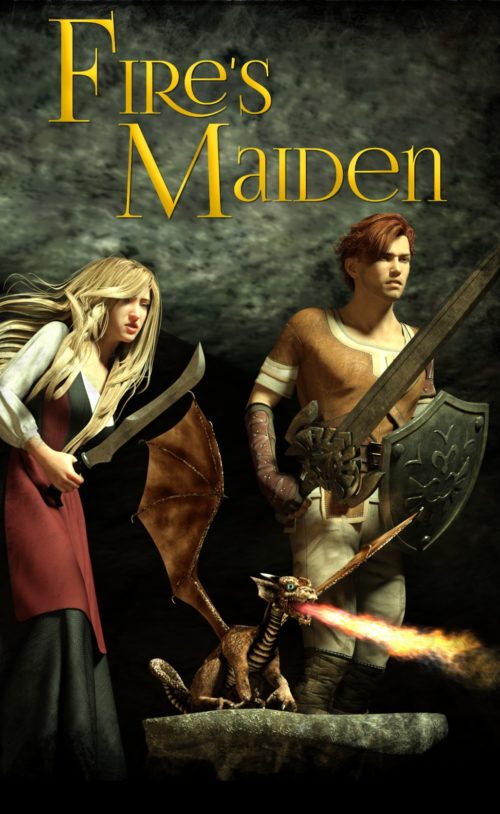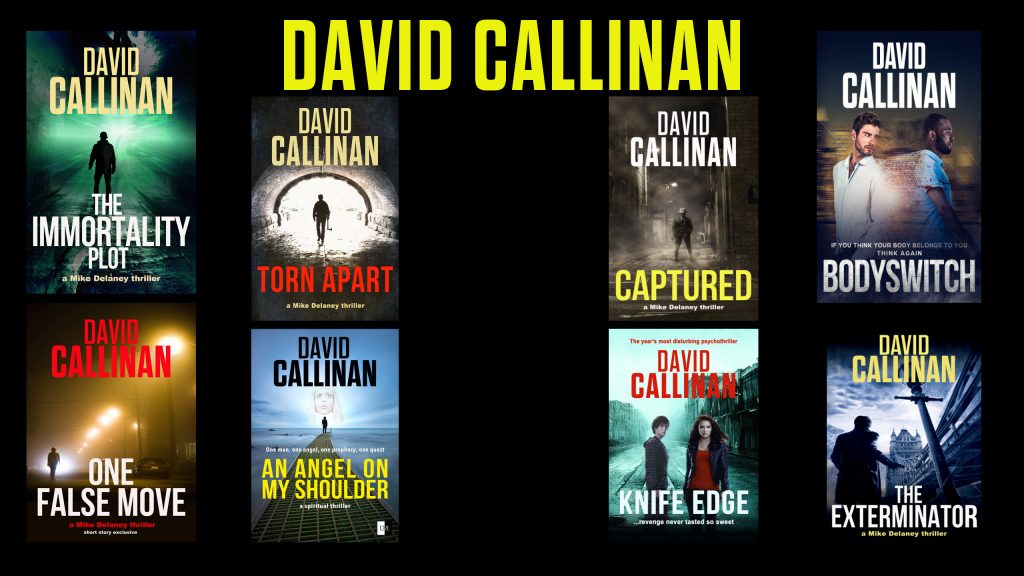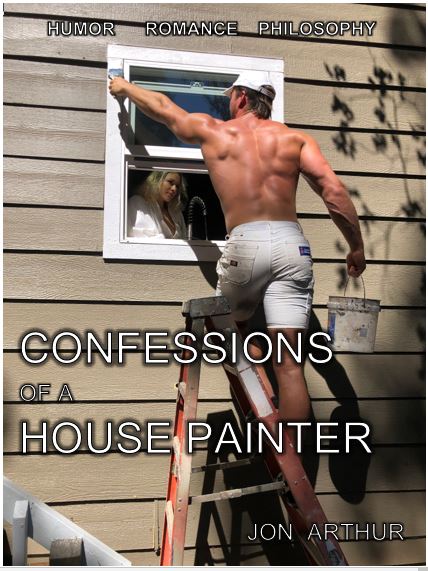The author says:
The Hoarders have taken control of the world’s resources and withdrawn into massive fortified enclaves. Without their knowledge, people scrambling for a living outside of the walled cities are being snatched and implanted with tech that renders them into zealot-like killing machines.
This book is the second in a trilogy with YA, Sci-fi and Dystopian markets in mind. It is an ensemble cast, set in our world, Pacific Northwest, probably Seattle area.
Nathan says:
Any time we look at a later book in a series, we need to also ask, Does this continue a steady branding from the first volume? Because if any changes we suggest break the branding continuity, then it’s not helping by helping.
For reference, here’s the first book:
I can see that you’ve got a common eye motif going here, but I think it’s more cerebral than immediate, i.e., someone looking at the two covers might think, “Oh, *I* see a common motif!” but someone just glancing at the covers won’t immediately relate Book 1 to Book 2. That might be an easy fix: Move the right eye to the same position on each cover. You might also experiment with some texture over everything but that right eye, so that the bright skin tone doesn’t stand out so much, and add something to mimic the “divided” appearance of the first cover.
Other comments?
